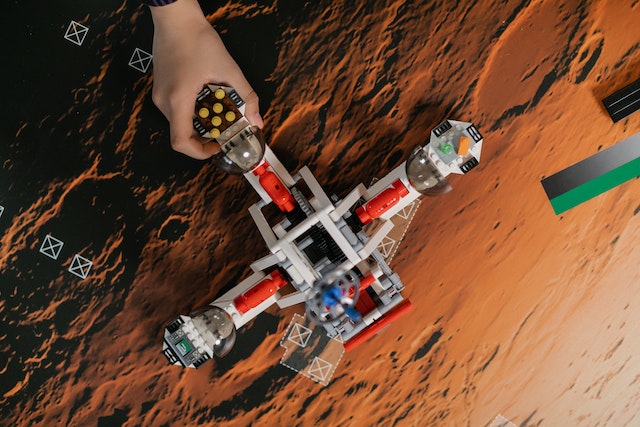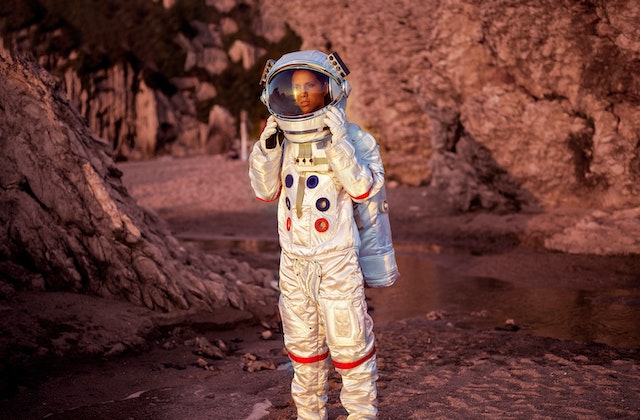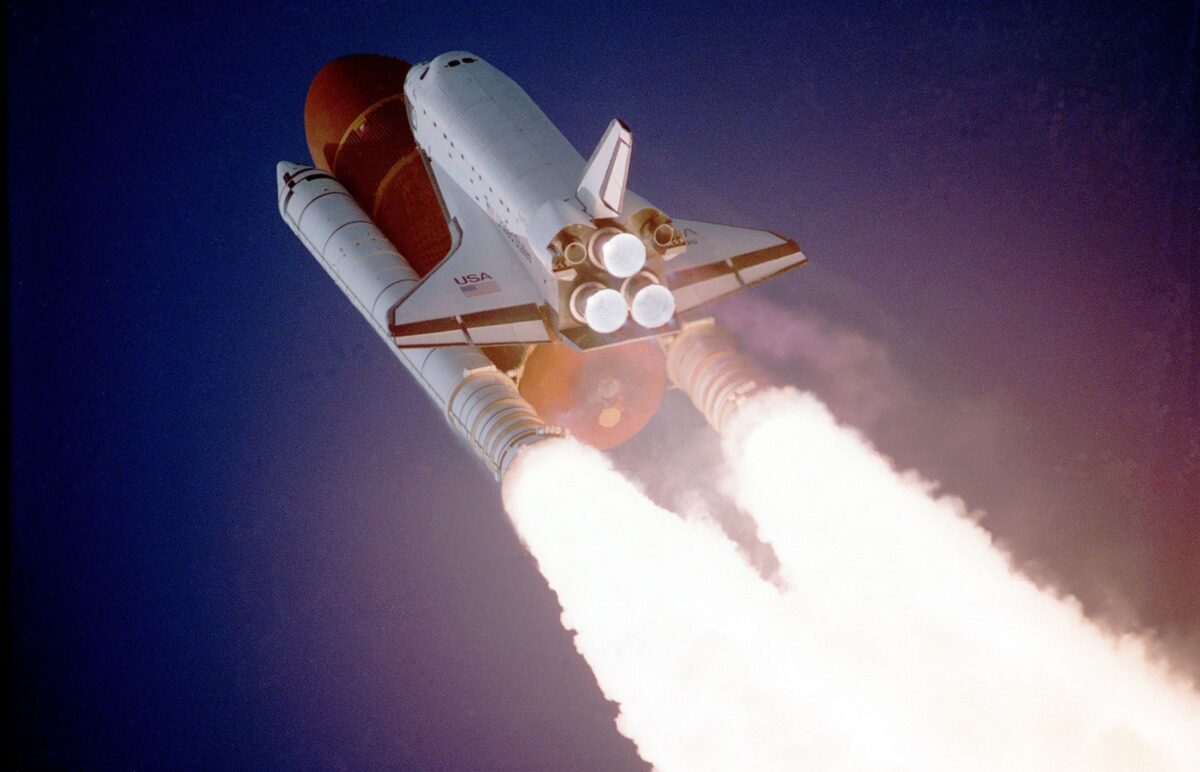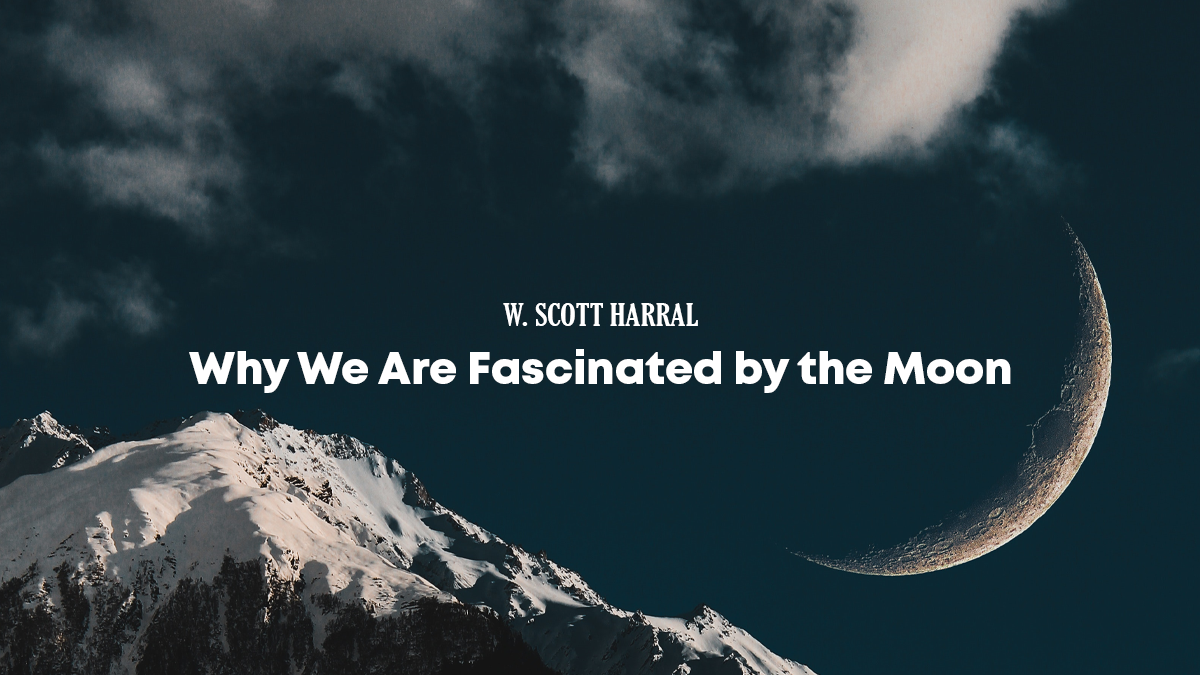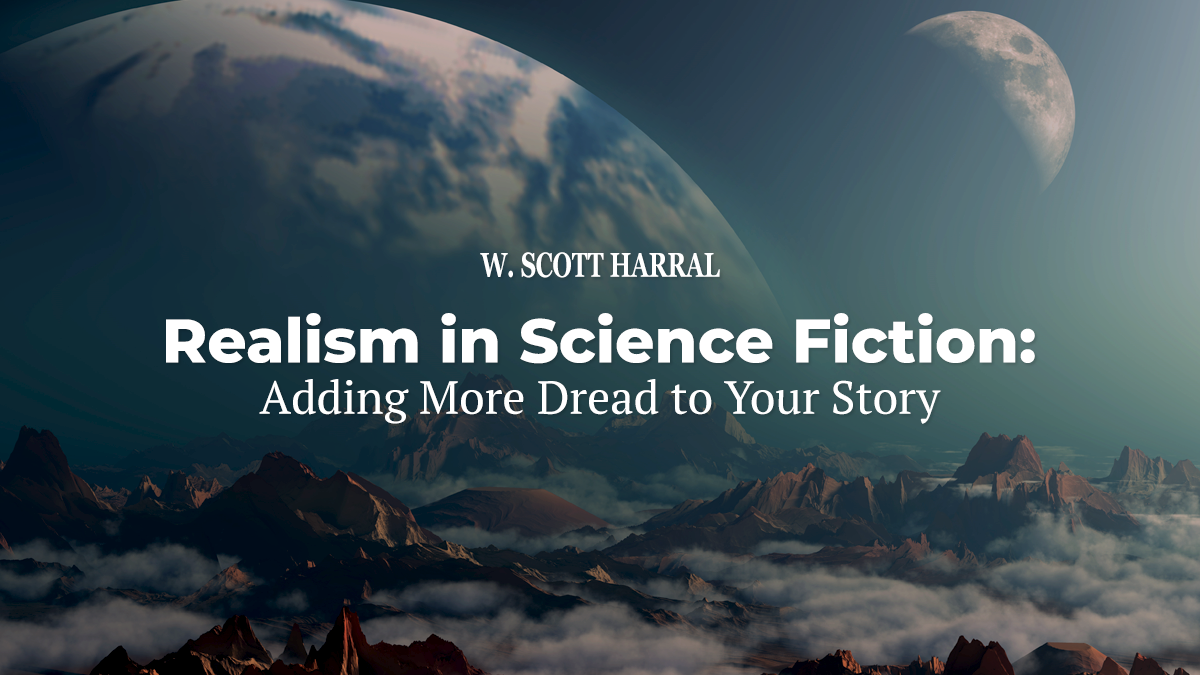Photo by Alena Darmel
Scott Harral’s sci-fi and mystery book, Moon Luck, is a wonderful example of writing mystery into a hard science fiction setting; it sounds difficult to do, but it is possible.
Scott Harral’s sci-fi and mystery book, Moon Luck, is a masterclass in how mystery can be integrated into hard science fiction. The book is set in a lunar colony in the near future, where there are secrets afoot, and questions must be answered before everything ends.
While the two genres may seem, at first glance, difficult to actually mix together, there are simple ways to go about it.
But first—
What is Hard Science Fiction?
Hard science fiction is a subgenre of science fiction that is very concerned with scientific accuracy and logic. What this means is that while Star Wars and The Martian might be under the umbrella of science fiction, they are on very opposite ends of the spectrum.
Where in most science fiction, technologies, and scientific themes are tropes and tools used by the author, hard science fiction integrates scientific discoveries and realistic possibilities into its narrative. What this means, in essence, is that authors of hard science fiction are very diligent and exhaustive with their use of science. What they write about is something that is theoretically possible and not just used because the concept sounds cool and awesome (although it can be).
Impossible Puzzles
One reason why it is very difficult to integrate mystery into hard science fiction is that the genre does not lend itself well to the illogical or the fantastically creative, even though some aspects of the two seem to mesh very well together. On the one hand, hard science fiction relies heavily on actual scientific and technical principles, and on the other, mystery fiction is all about solving puzzles and uncovering secrets.
Yet, isn’t science all about uncovering the mysteries of the world?
Adding Mystery in Hard Science Fiction
Regardless, if you want to write something like Moon Luck by Scott Harral and integrate mystery into a hard science fiction setting, here are some steps you might consider taking:
- Establish the rules of the universe and stick to them.
Because hard science fiction is very strict when it comes to the workings of its setting, you have to be very mindful about what can and what cannot happen—and NEVER violate any of them without reason.
How you define the laws of physics, the limitations of technology, and the important scientific principles you are focusing on can make or break your story. Having a handy set of rules allows you to develop a world that is equally believable as it is functional.
When incorporating mystery into your hard science fiction setting, ensuring your story follows these rules is vital. The secrets that inform the story should be based on science and technology, not magic or supernatural elements. Breaking the laws you set out means breaking your readers’ trust, and that is not a thing you want happening if you want to write a good mystery.
- Base your mysteries and secrets in science.
If you want to properly incorporate mystery into your hard science fiction setting, you have to use science to create it. Be creative with your use of technology in a way that is plausible and, at the same time, critical to understanding the puzzles you have laid out for both your characters and your readers.
Using science in this way creates a more believable story and allows you to incorporate fundamental scientific principles and theories into your plot. This also has the added benefit of making your narrative more educational and engaging for readers who are interested in science.
- Create Complex Characters
A good mystery novel is one populated with complex characters, each with hidden motives and secrets. Incorporating characters with depth into your hard science fiction slash mystery novel can add depth and intrigue to the narrative.
- Keep the Reader Guessing
If you want to create a successful mystery, it is essential to keep the reader guessing. This means introducing multiple suspects and red herrings throughout the story. As the story progresses, readers should constantly re-evaluate their theories and suspicions.
And with a hard science fiction setting, these re-evaluations should be spurred and hastened by a deep understanding of the scientific principles involved.
Incorporating mystery into a hard science fiction setting can be challenging, but it can also be incredibly rewarding. By using science to create clues and suspects, creating complex characters, and keeping the reader guessing, you can make a story that is both educational and entertaining.


